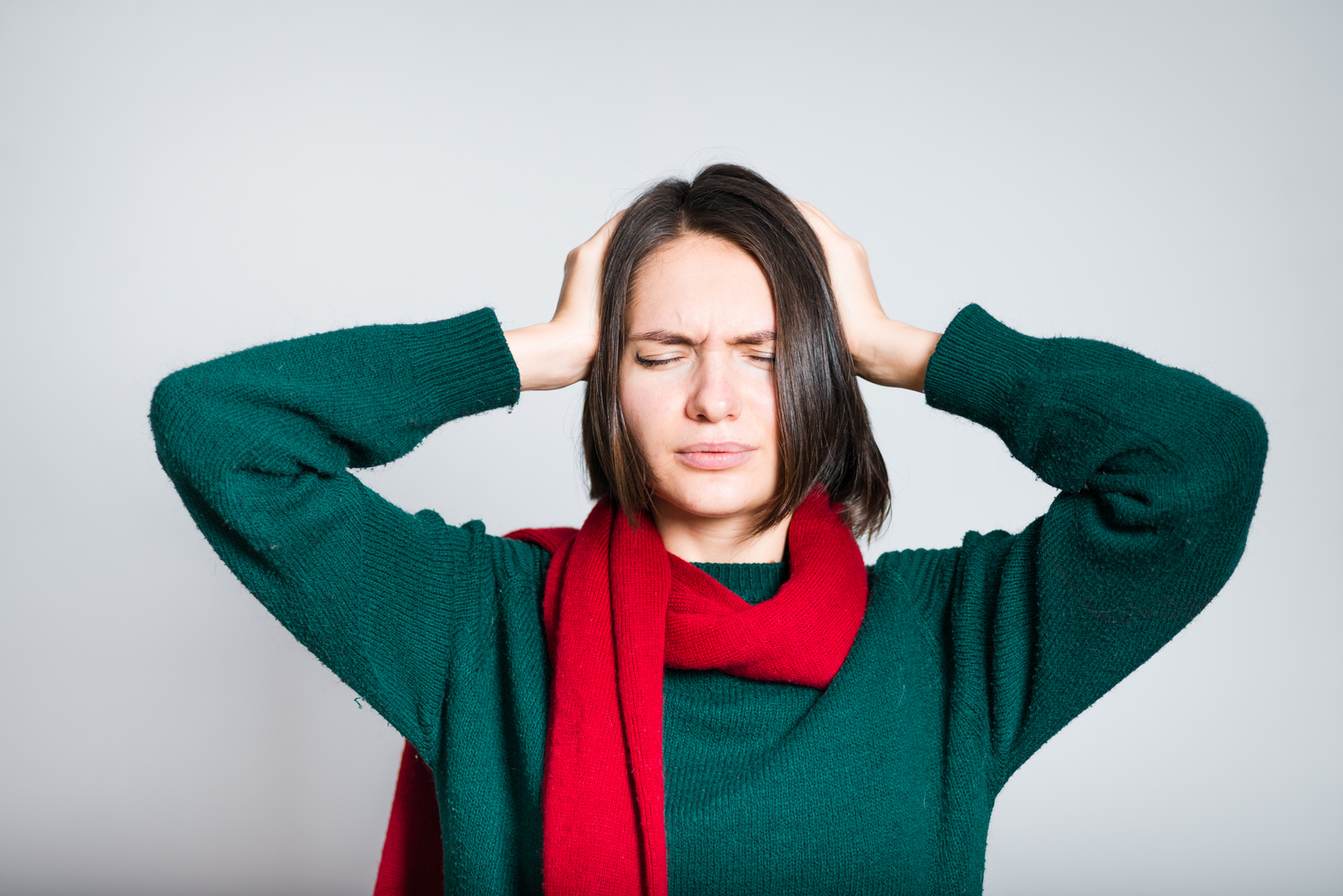11 Major Causes Of Migraine Headaches
11 Major Causes Of Migraine Headaches
Chronic ailments tend to create havoc in your life. If your chronic condition involves experiencing a tingling sensation in the arms and legs, blurry vision, the appearance of spots and colored flashes which are accompanied by lightheadedness and strange odors, then it is a migraine. You’ll be relieved to know that this condition isn’t rare as it is the 3rd most prevalent illness in the world. In fact, nearly 12 percent of the entire country’s population suffers from migraine.
Migraine is the 6th most disabling health condition and is often accompanied by nausea, vomiting, and extreme sensitivity to light and sound.

Though a large part of the population suffers from this excruciating condition, doctors aren’t sure what causes migraine headaches in the first place. It is believed that imbalances in certain brain chemicals can set off these headaches. Although researchers cannot pinpoint a particular cause for migraine, the following factors are known to increase your chances of having migraine:
- Genes: Genetic susceptibility is one of the major contenders to being the cause of migraine headaches. If someone in your family experiences migraine headaches, then there are high chances that you’ll get it as well. So, you are more likely to get migraine headaches than those who do not have a family history of migraine headaches.
- Age: Though migraine headaches can affect people at any age, you are more likely to get your first one when you are in your teens. These headaches are known to become more prominent when you reach your 30s, and after this, there’s a steady decline of recurring migraine headaches.
- Hormonal changes: Hormonal changes have attained notoriety for triggering one or the other health issue. So, when there’s a shift in the estrogen hormone, it can trigger migraine headaches in women. Moreover, hormone replacement therapy or birth control pills can bring on the headaches or even make them worse. However, there’s some contradictory information to these claims as some women experience fewer migraine headaches after taking these medications.
- Sex: Studies indicate that women are three times more likely to get migraine headaches than men.
- Nerve signals and brain chemicals: There’s a nerve known as the trigeminal nerve which is located in your head and runs through your eyes and mouth. This nerve helps you feel sensations in the face which includes pain as well. So, when your serotonin level drops as the migraine begins, this nerve can release chemicals called neurotransmitters which travel to the brain and trigger pain.
- Skipping meals: When you miss a meal, this leads to a drop in your blood sugar. This can trigger a headache as well.
- Alcohol and caffeine: Alcohol is known to give people a raging headache after they have one too many; moreover, drinks high in caffeine are also migraine triggers.
- Sensory overload: Migraine headaches are often triggered by loud noises or bright lights. Even strong smells can act like catalysts in triggering a migraine attack. So, people with migraine are often asked to steer clear of these triggers.
- Physical strain: Exercising regularly is beneficial. However, if you overdo it, it can cause migraine headaches. It is essential for you to be active, but you need to do it in moderation.
- Changes in sleep patterns: If you sleep a lot or haven’t slept well, both these factors can act as migraine headache triggers.
- Excessive use of medications: If you take migraine medications for more than 10 days in a month, you might experience a phenomenon known as a rebound headache. It occurs mostly due to the overuse of medications.
If you can avoid these migraine triggers and follow a healthy lifestyle, migraine headaches can become quite manageable and you can coexist with this condition.

